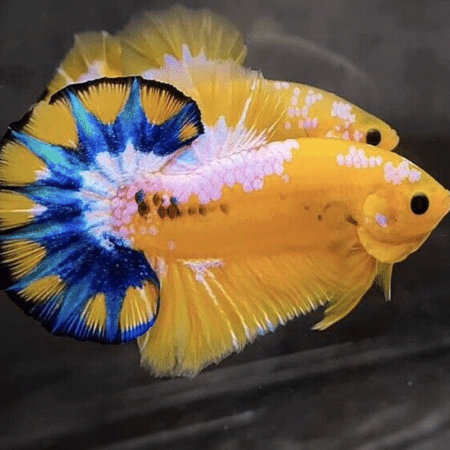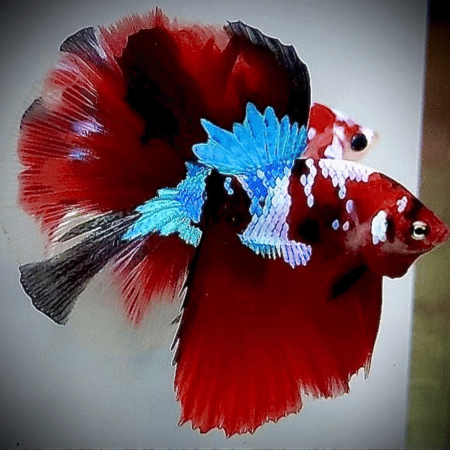To provide the best experiences, we use technologies like cookies to store and/or access device information. Consenting to these technologies will allow us to process data such as browsing behaviour or unique IDs on this site. Not consenting or withdrawing consent, may adversely affect certain features and functions.
The technical storage or access is strictly necessary for the legitimate purpose of enabling the use of a specific service explicitly requested by the subscriber or user, or for the sole purpose of carrying out the transmission of a communication over an electronic communications network.
The technical storage or access is necessary for the legitimate purpose of storing preferences that are not requested by the subscriber or user.
The technical storage or access that is used exclusively for statistical purposes.
The technical storage or access that is used exclusively for anonymous statistical purposes. Without a subpoena, voluntary compliance on the part of your Internet Service Provider, or additional records from a third party, information stored or retrieved for this purpose alone cannot usually be used to identify you.
The technical storage or access is required to create user profiles to send advertising, or to track the user on a website or across several websites for similar marketing purposes.


















Emily Carter (verified owner) –
I purchased the 10 assorted Lyretail Swordtails about two months ago, and I couldn’t be happier with how vibrant and active they are! These tropical fish have transformed my aquarium into a lively spectacle. Not only are they stunning with their flowing tails and various colors, but they also have such engaging personalities; they swim around in a friendly, playful manner. I’ve noticed they thrive on quality fish food and are very social, which makes them perfect for a community tank.
Compared to other livebearers I’ve kept, these swordtails have been the most hardy and adaptable, handling water changes and varying conditions beautifully. I did experience a minor issue with one fish showing some stress signs initially, but it quickly bounced back after I isolated it and kept a closer eye on water parameters.
I highly recommend these swordtails to both beginner and experienced aquarists looking to add some excitement to their tanks. Just ensure you have enough space for them to swim freely. Overall, a fantastic purchase, and I will definitely buy more in the future!
Emily Carter (verified owner) –
I recently added 10 assorted Lyretail Swordtails (Xiphophorus Hellerii) to my 55-gallon aquarium, and I couldn’t be happier! These tropical fish are not only eye-catching with their vibrant colors and graceful tails, but they also bring such a joyful energy to my tank. After just two weeks, they have settled in beautifully, showcasing their lively personalities and social behavior. I appreciate that they are easy to maintain, making them perfect for anyone new to the aquarium hobby.
What really stood out to me compared to other freshwater fish I’ve kept is their adaptability. They thrive in a range of water conditions and have shown no signs of stress, which reassures me about their health and happiness. A minor note is they can be nippy with smaller tank mates, so I recommend keeping them with similarly sized companions.
I purchased these swordtails from a reputable seller, and they arrived in great condition, well-packaged and lively. These fish are perfect for beginners and seasoned aquarists alike. If you’re looking to brighten up your aquarium with stunning colors and active fish, I highly recommend the Lyretail Swordtails!